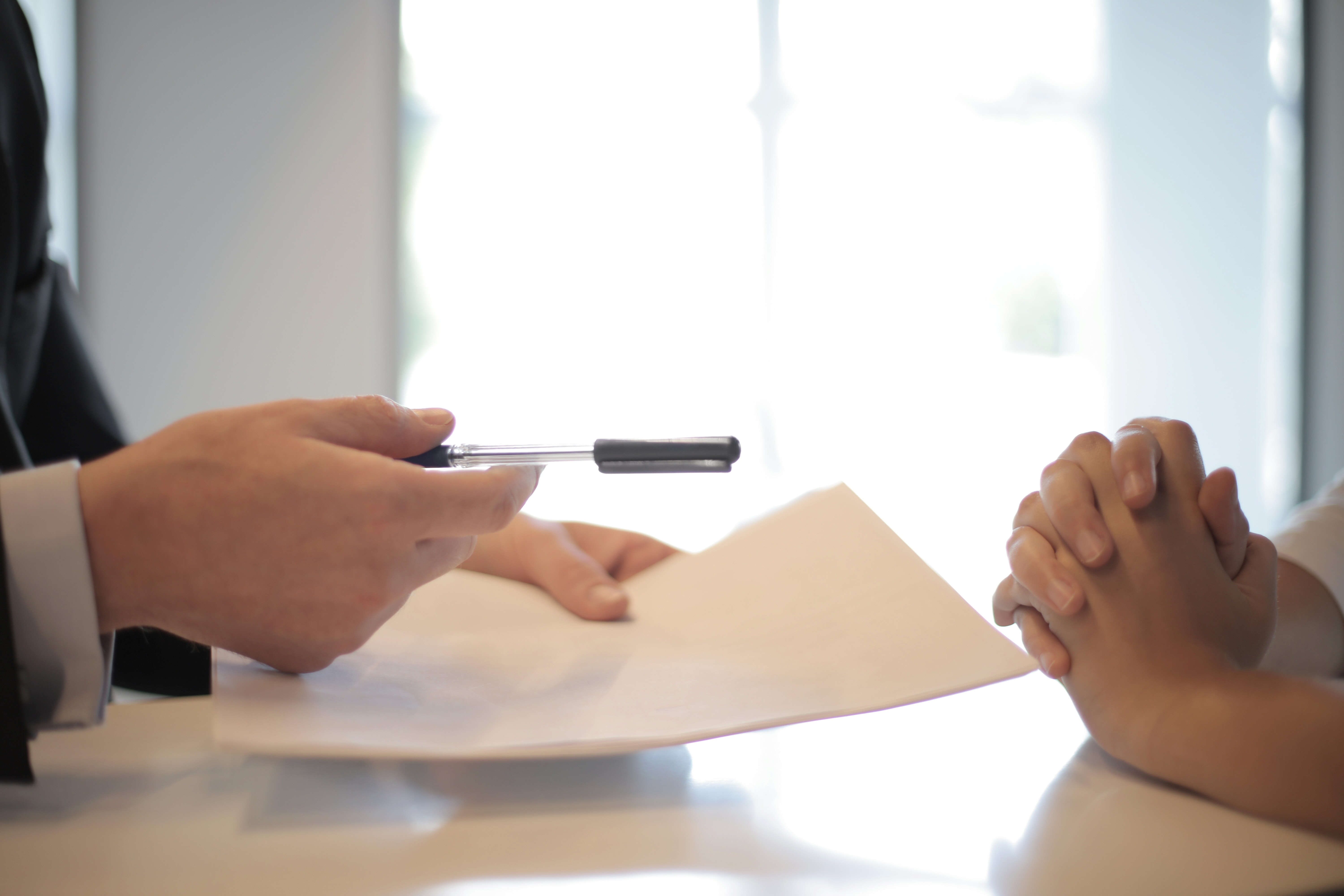At the start of the pandemic, Congress created two loan programs to help small businesses and the self-employed mitigate the economic impact of COVID-19: the Paycheck Protection Program (PPP) and the Economic Injury Disaster Loan (EIDL). Many of our full-service accounting firm clients took advantage of one or both of these programs.
In this post, the BGW CPA PLLC business growth consulting team will explain the rules for interest and payments on an EIDL after the one-year grace period has ended.
Understanding the terms of an EIDL
The EIDL is a 30-year loan with an interest rate of 3.75% for businesses or 2.75% for nonprofits. All borrowers are eligible for 12 months of deferred payments at the start of the loan, with interest accruing on the balance during this year of deferment.
This means that if your business took out an EIDL for $150,000 and made no payments during the initial loan year, a total of $5,600 in interest will have accrued.
- Unlike PPP loans, an EIDL loan is not forgivable. However, an EIDL grant of $1,000 per employee, up to $10,000, is.
Business CPA firm recommendations may include prepayment of EIDL
Depending on the current health of your business and cash position, our professional accounting services team may recommend paying back your EIDL early to stop further interest from accruing.
In the following situations, prepayment is a strategy worth considering:
- Your business no longer needs the cash for operations
- Your business is currently in the position to pay off the loan without impacting operations
It’s important to note that the deferred payments available at the onset of the loan did not prevent interest from accruing. If your business still has an EIDL and no longer needs it, you can save money by stopping the loan. While there is no prepayment penalty to do so, you may require guidance on how to best complete the transaction. Please reach out to our professional accounting and tax services specialists for help.






